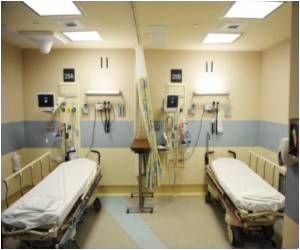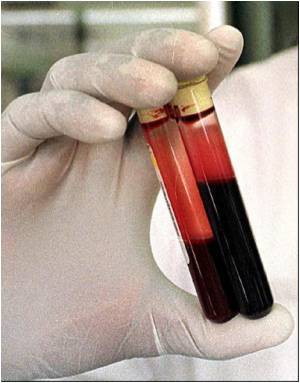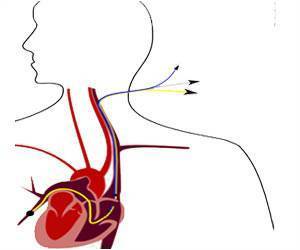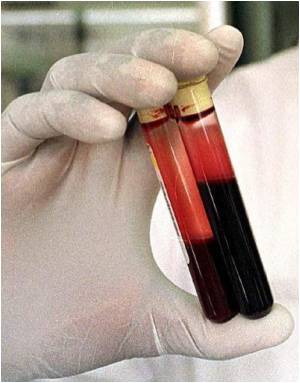Nurses on a surgical intensive care unit (SICU) at a large academic medical center cut bloodstream infections to zero and saved more than $200,000

To address the problem of higher-than-average CLABSI rates on the 19-bed unit, the hospital appointed dedicated infection control nurses (ICNs) to oversee central line catheter insertions. The effort was conducted in partnership with the director of Medical Surgical Nursing, Christina Cafeo. An ICN was present during every central line insertion and trained to call out breaks in technique, breaches in hand hygiene and to perform daily assessment of central line dressings, looking for signs of infection. The nursing staff, led by the ICN, held daily educational meetings, came up with clever reminders for best practices, and created incentive programs to keep the team motivated and engaged. They also removed excess clutter from patient rooms and hallways so it would be easier to clean them.
"It was truly a back-to-basics effort – these were just best practices at a granular level, led by the unit themselves. The nurses on the unit took ownership of best practices and drove the change," said Michael Anne Preas, RN, BSN, CIC, infection preventionist at the University of Maryland Medical Center (UMMC) and co-leader of the improvement project. "When you have one of your own in the lead, and are reminding each other and encouraging each other to do your best, everybody gets on board, and that is what we saw."
The average cost of a CLABSI is estimated to be $18,432. By eliminating 14 CLABSIs, Preas's team saved $258,048, less $44,000 for a nurse's salary for six months, resulting in a net savings to the hospital of $214,048. The initiative took place from July – December 2010.
"This is truly an example of taking infection prevention directly to the patient's bedside," said Russell N. Olmsted, MPH, CIC, APIC 2011 president. "Kudos to UMMC for showcasing the power of prevention right here in the host city for APIC 2011."
Advertisement










